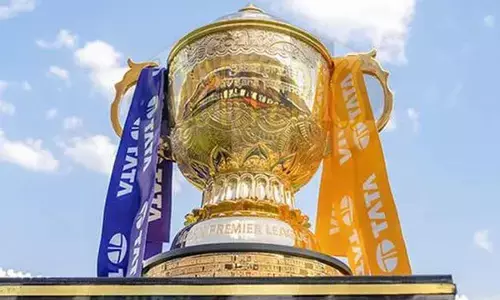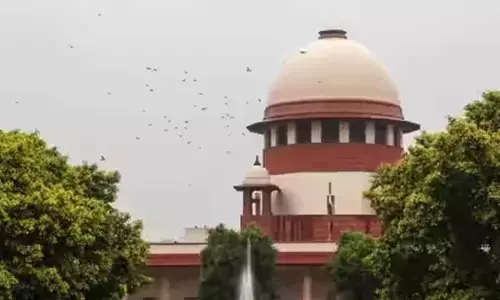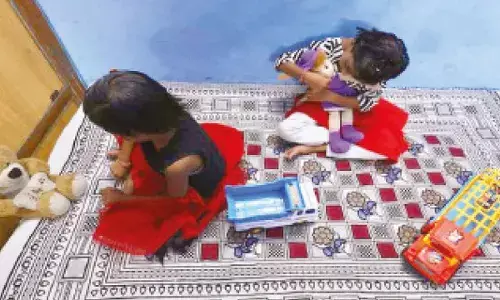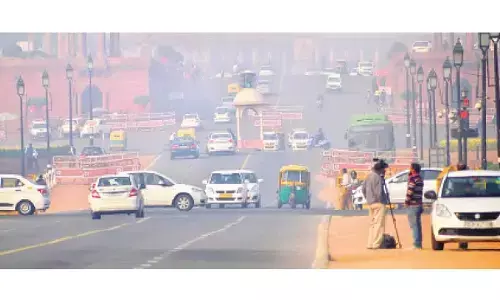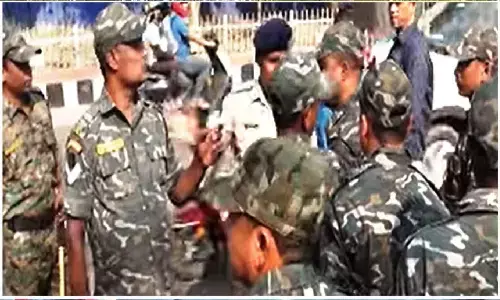Begging At Temples – A Poor Show

Begging At Temples – A Poor Show
In Hinduism, if we donate, we get a spiritual reward named punyam, which is described as the food on our way to heaven. The institution of begging was not only an honourable but the prescribed way for the Hindu sanyasis and for the Buddhist monks
All religions promise after-life rewards. This is the carrot to make men do good deeds. Charity is one such. In Hinduism, if we donate, we get a spiritual reward named punyam, which is described as the food on our way to heaven. The institution of begging was not only an honourable but the prescribed way for the Hindu sanyasis and for the Buddhist monks. Hundreds of verses from scriptures exhort the life of sanyasis who lived by begging. In the olden days brahmins in general were expected to lead extremely self-abnegating lives and become sanyasis in the later stage of life.
The underlying philosophy is noble. A sanyasi/monk was a person who enlightened the masses. A person of high self-control and learning, he was a moral mentor for society. In Hinduism he was held on par with Brahman and the Buddhist monk was the closest to the ideal of Buddha. He was respected by the kings and nobles. Society took care of such people. They did not build ashrams, but ashrams got built around them. It was the duty of the householder (grihastha) to take care of them. But such sanyasis have now become rare because society no longer takes care of them. Hosting a sanyasi and listening to him is tedious for the modern mind and hence people follow the easy way to donate some small money to common beggars.
A recent pilgrimage to some ancient temples in Tamil Nadu aroused a moral dilemma about begging. Begging seems ubiquitous in all temples, where men, children, and women with babies in arms in squalid conditions surround the visitors; a sight which churns the stomach. The grandeur of magnificent temples with unparalleled architectural beauty is marred by the sight of scores of beggars around the temples. Visitors come from all over the world. While they admire or study the temples, they get a poor picture of society in general and the governments in particular. Some may sneer and have photos to record their impressions on our society.
Charity and beggary are interrelated. When we do charity for punyam, beggars would not be in short supply. What can be the way to clean up the pilgrim places? The free food centers run by caste groups are rich and well maintained but do not feed the beggars. It is surprising that a general Hindu food center is not seen near temples. The temple authorities can surely do this. Should we give or should we not give to beggars? Religious leaders have to review the process of charity and guide us just like the Sikhs have done. Sikhs proudly say, 'you don't find a Sardarji beggar'. Can we not do the same and enhance our image? A point for swamis to ponder.
(The writer is an IPS, Former Director-General of Police united Andhra Pradesh state)










